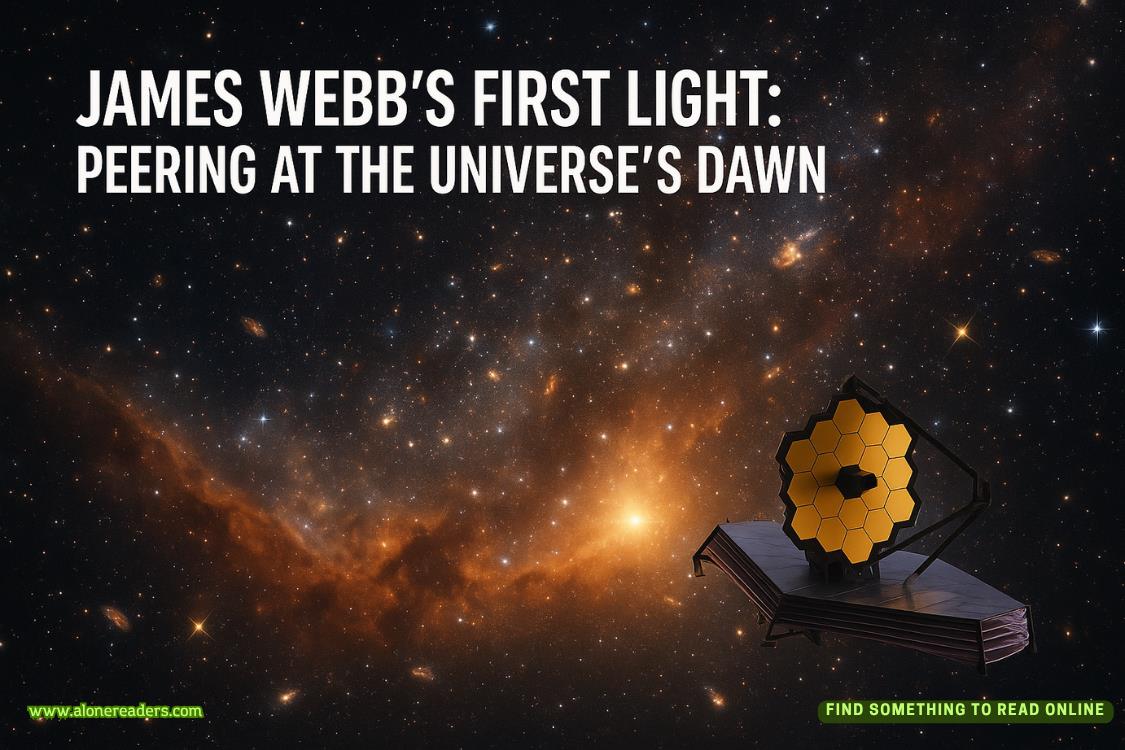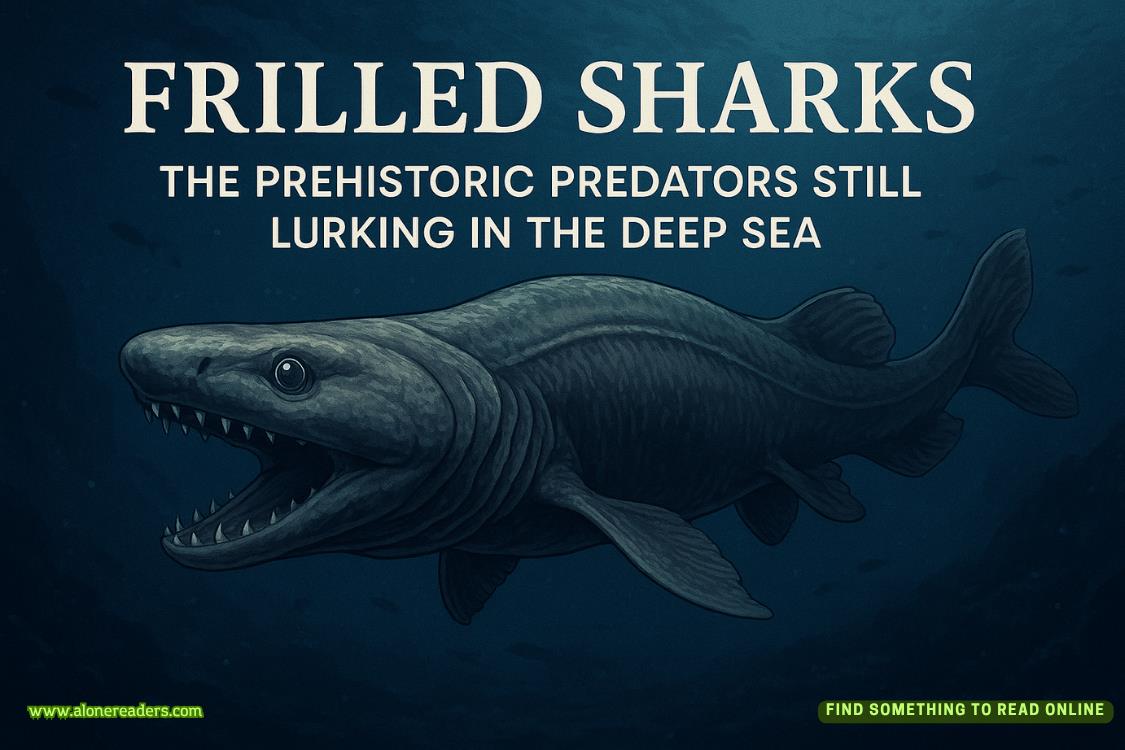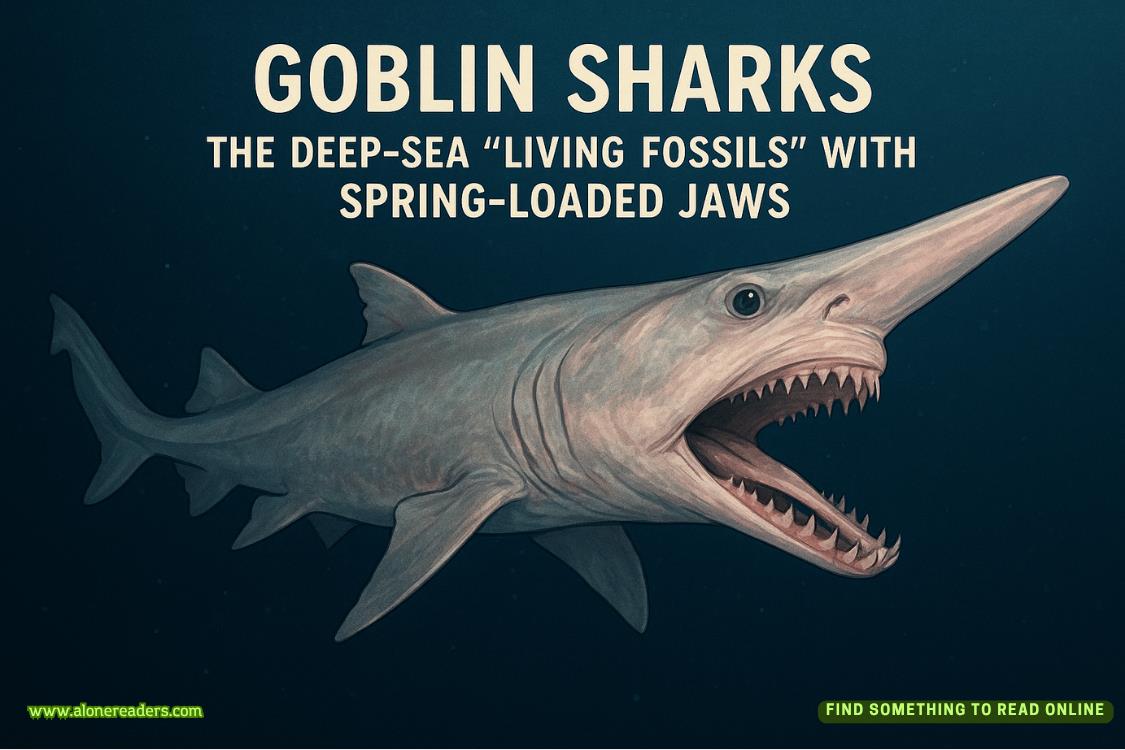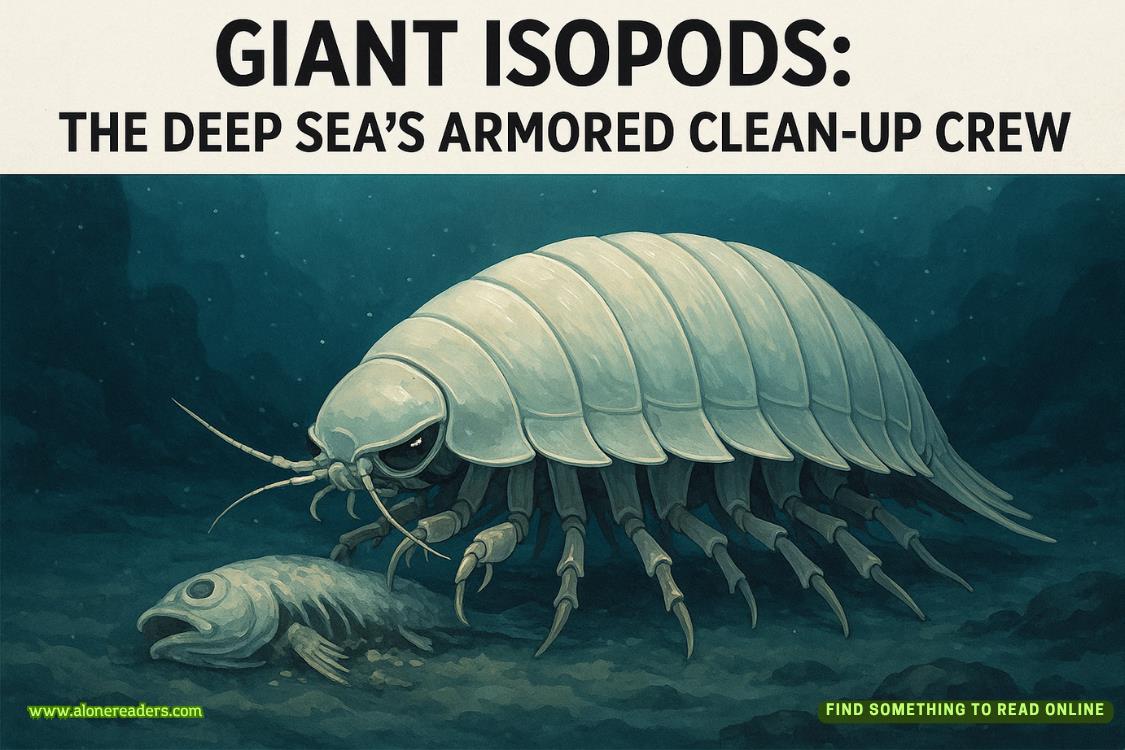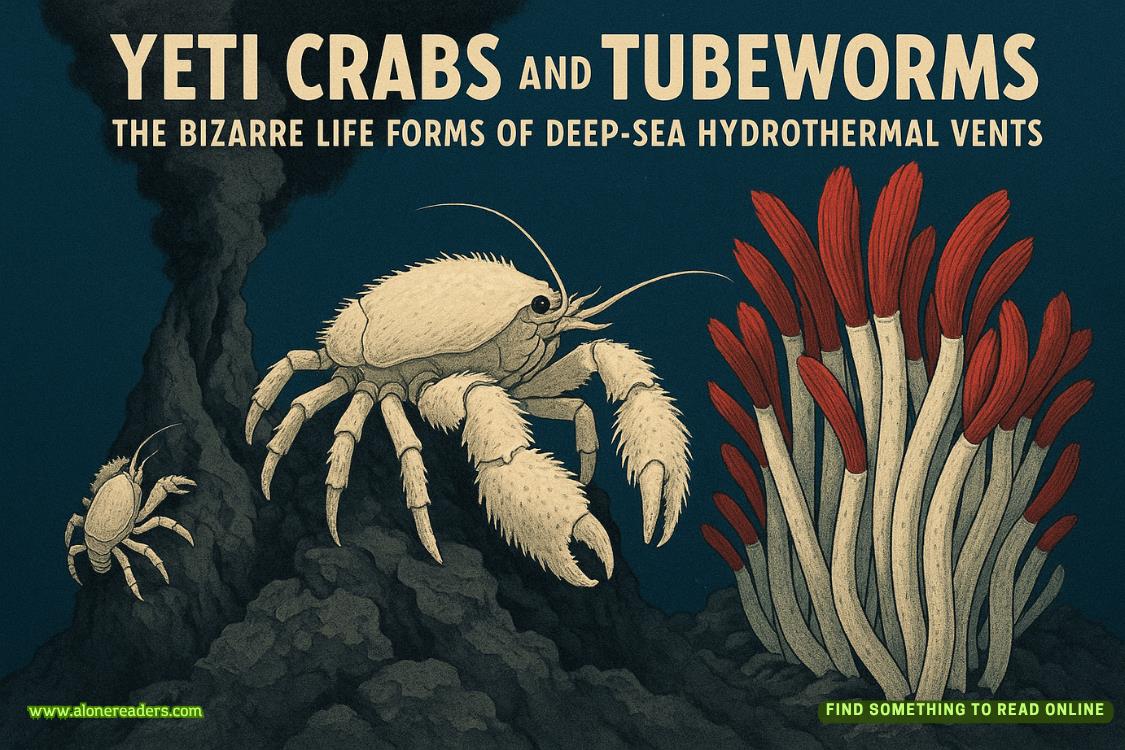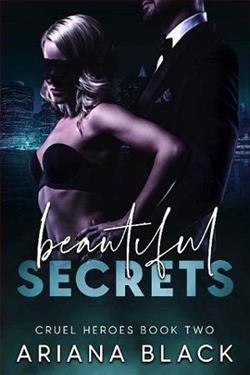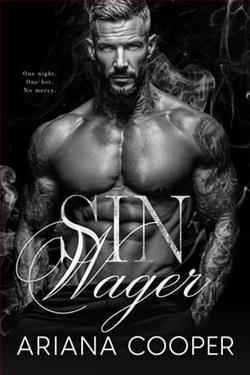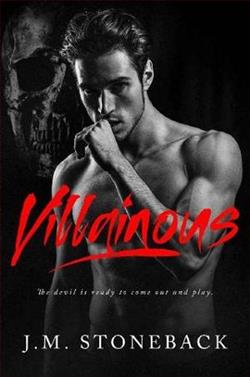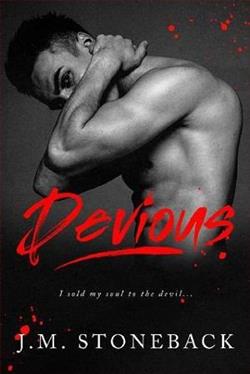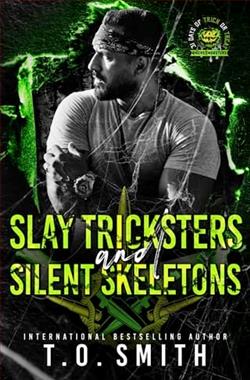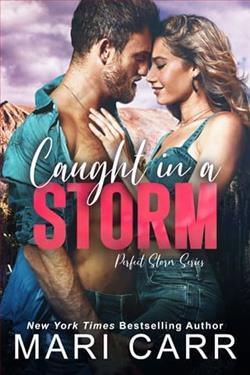Page 25 of The Future Is Blue
Published 1960, Eros Inc, 98 pages
The house had been previously owned by one Jack Oskander, a vaguely successful coffee grower who lost it all, to the last bean, in the crash and sold his summer place (furnished) to the first disgraced Capitol Hill courtesan to walk through the jungle with cash in hand. Gudrun always thought Old Jack must have been a real cut-up, because he’d named the place Pemberley, and nothing in this angel-abandoned world looked less like Mr. Darcy’s grand and ancient estate than their four mildewed rooms on pylons over a thin rushing creek and clotted forest spitting passionfruits like black tumors into the eye of a pond sixty feet down the cliffside.
But Pemberley had beds and dishes and chairs and electricity—and books. The shelves crowded every wall like ladders to knowledge: hardboiled detective paperbacks gone soft with the humidity, an O.E.D, several academic volumes on Communist theory, a peppering of children’s fairy stories, and the Oskander Special Collection: a sprawling assemblage of erotica, utterly catholic in interest, protagonists, and style, three books deep on some shelves, meticulously organized and catalogued with a corresponding index kept in Jack’s shockingly elegant penmanship and hidden in a rusty samovar between the Corrupted Virgins section and the Dominant Lesbians section, an exhibition of love and flesh and longing vast enough to keep even the Vice-President hard to the end of his days.
19. Ravished by the Beast!
Published 1955, French Letter Books, 111 pages
The village cinema was a one-screen, apathetically air-conditioned popcorn cartel called the Uptown Grand (the village possessed neither an uptown, nor a downtown, nor sidetowns of any sort). On the day Gudrun, aged sixteen, ran away from home, it was showing The Curse of the Werewolf, starring Clifford Evans and Oliver Reed. She sat in the perfect dark with a cold strawberry pop clutched like a rosary between white knuckles, finally away, away from Pemberley, away from Ruby, away from her father’s face on the television, away from digging skinny sweet potatoes in the ground and thin dribbly coconut milk (because you can’t trust the tap water, Guddy, how many times do we have to talk about this) and Jack Oskander’s Artists’ Models section with its sea of pale breasts and parted, moldy, waiting lips.
By the time the beautiful mute jailer’s daughter died giving birth to her cursed son in a badly-lit Spanish forest under the millionth shot of a portentous moon, Gudrun lay on the butter-streaked floor of the theater gasping for air. Hot, reeking tears poured from her swollen eyes. By the time Mrs. Kamealoha got her safely back up the mountain, the girl’s face was covered in tiny silver pimples, like spores bursting open. Gudrun’s mother didn’t say a word. She just kissed her baby all over and poured about twenty bottles of mineral water into the bathtub to bubble her clean.
Having been told all her life that she was possessed of terrible sensitivities—to dairy, to tree nuts, to lavender, to wheat, to industrial dyes and perfumes, to all brown spices (cinnamon, cumin, allspice, garam masala, and so forth), to corn syrup and hydrogenated oils and cold air, to sodium laurel sulfate and shellfish and sunligh
t—it came as something of a surprise to Gudrun that her sole physical allergy was to bad art.
But bad art was everywhere. You couldn’t escape it. It wouldn’t leave you alone. Gudrun’s skin raised up in hives when the brass bristle of insincere three-chord pop music scraped static against her ears. Her throat swelled up in sight of garish, oversaturated advertisements emblazoned with ungraceful fonts. Laugh tracks induced instant vomiting.
This limited her options for natural conception. Her body could hardly survive the derivative, obvious, artless world anymore.
Gudrun only ever came down off the ridge for her tea, which Mr. Abalone would happily have tossed into the mango crates with her monthly delivery of toilet paper, soap, butter, spam, noodles, ketchup, and sugar, except that Gudrun never put it on the account. She made the pilgrimage for Cold Palace Brand No. 1. It was the actual least she could do. To prove she was still here. Still a person.
Then it all burned on the banks of the Min River and these days she couldn’t prove anything if you asked her to.
18. A Virgin in Chains
Published 1930, Fig Leaf Press, 161 pages
Jack Oskander’s personal library educated Gudrun as best it could, because Ruby couldn’t bear the thought of her going to school in the village. First, it was the paralyzing notion that someone might see her, might recognize her, might guess her father by the line of her nose, the color of her eyes. Then, it was just silly to waste all day in a classroom with idiots who would work all their lives just to add without using their fingers when Ruby could teach her anything she could even imagine—go on, honey, test Mumsy, ask me anything, I’ll know it, I shoulda gone on the quizzies, I’d have cleaned up.
Gudrun thought about it. She could have gone with: When are we going back to Baltimore? Or: Did my father love me even a little? Or: How do you say ‘if I have to stay in here with you every day I’ll murder you flat’ in Hungarian? But she knew smartass was rarely the right play with Ruby, whose ass was forever the smartest in the room. So she shrugged, sipped her cup of Cold Palace Brand No. 1 Silver Needle Tea, and said flatly:
“What year did Manuel Komnenos ascend to the throne of the Byzantine Empire? What was the Black Pope of Avignon’s name? How many people died in Napoleon’s Russian campaign? Show me how to do a Riemann sum. How do you structure a villanelle?”
Not since Minnesota wired her the money for Pemberley had she seen Ruby’s face so full of blood and hate and shame and pride. Gudrun felt awful immediately. The tea went cold in her mouth.
“It’s okay, Mama,” she whispered. “I don’t want to go to school, anyway.”
17. Birthday Girl Surprise
Published 1958, Virago Books, 118 pages
There were two dates circled on Gudrun’s Surfin’ Cats! calendar. Both were in November, under a photo of a somewhat-alarmed-looking Persian balanced precariously on a red and yellow board with half a coconut plopped on her head as a festive hat.
The first was Gudrun’s fortieth birthday. The other, one day later, simply said:
Snow Day.
16. Love Robots from Planet XX
Published 1954, Harem House Press, 106 pages
Gudrun began working her way through Jack Oskander’s pornography collection before their suitcases were unpacked. She grabbed one off the shelf above the kitchen sink and read with one hand while stacking mugs with the other.
Chet Hardtree ran his strong hands over the smooth titanium curves of the Adoratron Mark 5. She was built like a luxury rocketship, sleek lines designed for low resistance and high-speed maneuvers. In the darkness of the Reproduction Chamber, the red globes of her tits glowed as her arousal drives whirred into hypermax.
“Full thrusters engaged, Commander Hardtree,” the Adoratron purred.



